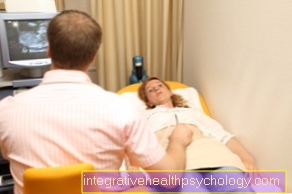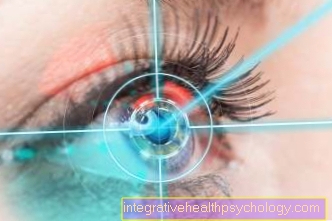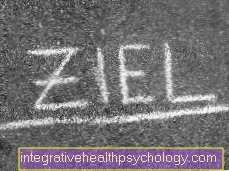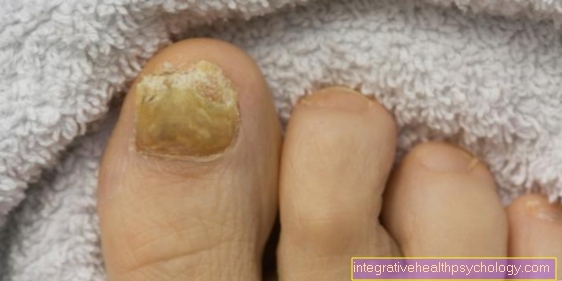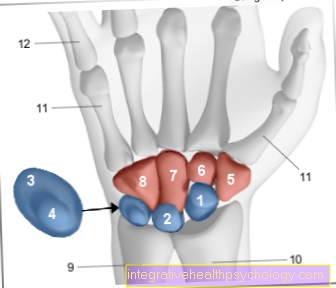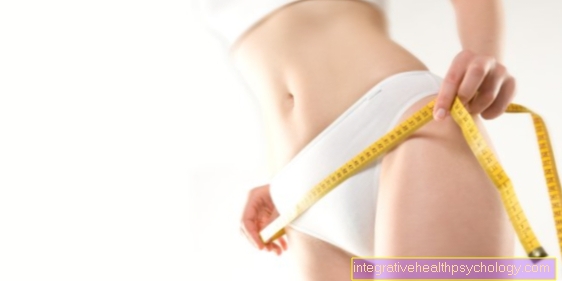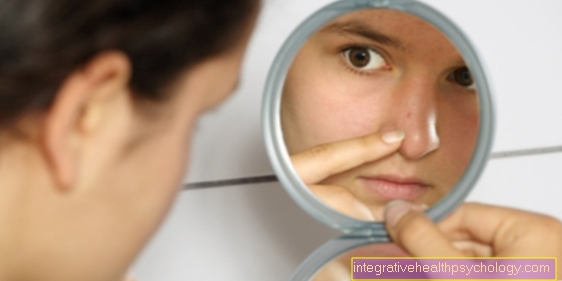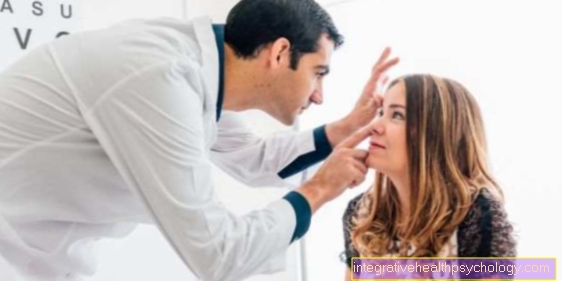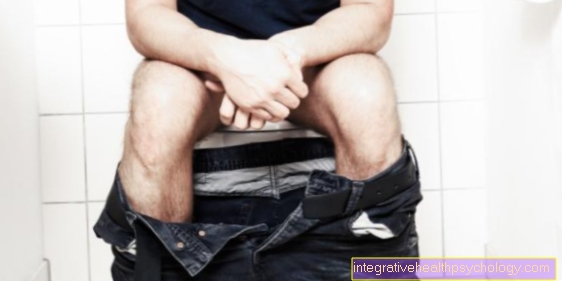Rapid test for sexually transmitted diseases
What is a rapid STD test?
Sexually transmitted diseases are often associated with shame for those affected, so it is difficult to see a doctor if such a disease is suspected. A large number of rapid tests for various sexually transmitted diseases such as syphilis or chlamydia are available on the Internet. These tests promise to either get a result immediately with the help of a small drop of blood or to send the sample to a laboratory and get a result a few days later. However, the reliability of these self-tests is still very controversial. The Robert Koch Institute for Infectious Diseases rated the majority of these tests as unreliable and advises against them.

Instead, a doctor should be consulted if symptoms occur, as he can carry out precise examinations and then initiate the right therapy.
Since 2018 there have been some pilot projects e.g. by the Deutsche Aids-Hilfe, where test packages against HIV, syphilis, gonorrhea and chlamydia are handed out. However, people who want to carry out these tests have to go to a consultation once. The evaluation of these tests takes place in a laboratory and the results are then transmitted by telephone.
HIV self-tests have been sold in pharmacies and drugstores since autumn 2018. They are considered relatively safe, but can also give a false positive result.
Read more on the subject under: Sexually transmitted diseases
Indications for a rapid test for sexually transmitted diseases
There are many signs of an STD. A rash often occurs in the genital area, which is usually accompanied by redness and itching. Pain or a burning sensation when urinating can also indicate a sexually transmitted disease. Other signs include unusual discharge from the vagina or penis, intermenstrual bleeding in women, and painful intercourse. Venereal diseases can also manifest themselves in general symptoms such as fever, headache and body aches or vomiting and diarrhea.
If there is a suspicion of a sexually transmitted disease, instead of resorting to the self-test, it is better to see a doctor. This is often uncomfortable for those affected, but the examinations are completely normal for the doctor and the costs are usually also covered by the health insurance company.
When does a rapid test for sexually transmitted diseases make no sense?
In the case of symptoms that do not specifically correspond to an STD, it makes no sense to perform a rapid test. Rapid tests for sexually transmitted diseases make no sense for most diseases because they are not very reliable. It is generally the case that if a venereal disease is suspected, a doctor should be consulted in order to have a safe and reliable diagnosis carried out.
Which STDs can be tested?
Rapid tests for many different diseases are available on the Internet. These include syphilis, chlamydia and gonorrhea. However, most of these tests have been rated as unreliable. The only officially approved rapid test is the rapid test for HIV. This has been on the market since autumn 2018.
Read more about the rapid HIV test at: HIV rapid test - you should know that!
Can I buy a rapid test from the pharmacy without a prescription?
The rapid test for HIV can be purchased without a prescription in the pharmacy, the tests from some manufacturers can also be bought in drugstores or online. When buying, you should make sure that the tests have a CE mark. A list of reliable self-tests can be found on the website of the Paul Ehrlich Institute for Infectious Diseases.
Can you do this at home or is it only possible at the doctor's?
The rapid HIV test can be done at home. If the test shows a positive result, a new test should definitely be carried out by a doctor or the health department. The test can also be done anonymously at the health department.
Carrying out the rapid HIV test
The HIV self-test detects antibodies against the HI virus. Of course, the exact implementation of the individual manufacturers differs a little. Detailed information on performing the test should be found in the instructions.
In principle, the antibody concentration is only high enough 12 weeks after the suspected infection for the test to be positive. An earlier implementation is therefore not reliable.
In general, hands should be washed thoroughly before performing. Then the finger should be lightly massaged for about 5-10 seconds to ensure good blood circulation. In the next step, a small incision should be made on the finger with the lancet and the blood should be applied to the sample field. If the amount of blood is insufficient, the finger can easily be squeezed out. The blood is then mixed with the test solution, either by adding the test solution to the blood or vice versa. Depending on the manufacturer, the result can be read off after just one minute. With other manufacturers it can take up to 15 minutes for a result to appear.
Find out more about this topic at: HIV rapid test - you should know that!
Evaluation of the HIV rapid test
The evaluation of the HIV self-test can take place after 1-15 minutes, depending on the manufacturer. Reading the result is also different.
In general, like a pregnancy test, the tests show different stripes. One of them is the control strip. This should appear in both a negative and a positive test result. If the control strip does not appear, the test has not worked. If the HIV test is positive, another strip will appear.
How the exact evaluation of the HIV test works should, however, be read in the instructions for the respective model.
Further information on this topic can be found at: HIV rapid test - you should know that!
Can the rapid HIV test also be false positive?
The rapid HIV test can give a false positive result. This means that the test shows a positive result even though there is no infection. To rule out this, if the test result is positive, another test should be carried out by a doctor or at the health department. A diagnosis of HIV can only be made when two tests show a positive result.
Read more about this at: HIV rapid test - you should know that!
When can I do the rapid HIV test?
With the HIV rapid test, it is important to ensure that there is a gap of 12 weeks between possible infection and the test. If the test is carried out before this time, there is a possibility that the antibody level is below the detection limit and the test is false negative.
You can find more detailed information on this topic at: HIV rapid test - you should know that!
When should I repeat the rapid HIV test?
In the event of a positive result of the rapid HIV test, the test should be repeated to rule out a false positive result. However, it is advisable to have the test carried out by the health department or a doctor. These tests are more precise and advice on further measures and therapy can also be given.
For more information on this topic, we recommend our website: HIV rapid test - you should know that!
costs
The HIV rapid test can be purchased for around € 20. However, some manufacturers also offer their products for up to € 50.
Carrying out an HIV test at a doctor or health department, on the other hand, usually only costs 10-15 € and may be covered by the health insurance company.
What are the alternatives?
An alternative to a quick test for sexually transmitted diseases should always be to have a test carried out by a doctor, especially if diseases such as syphilis, chlamydia or gonorrhea are suspected. The advantage of a visit to the doctor is that at the same time a diagnosis can be initiated and advice about the disease can be given.

